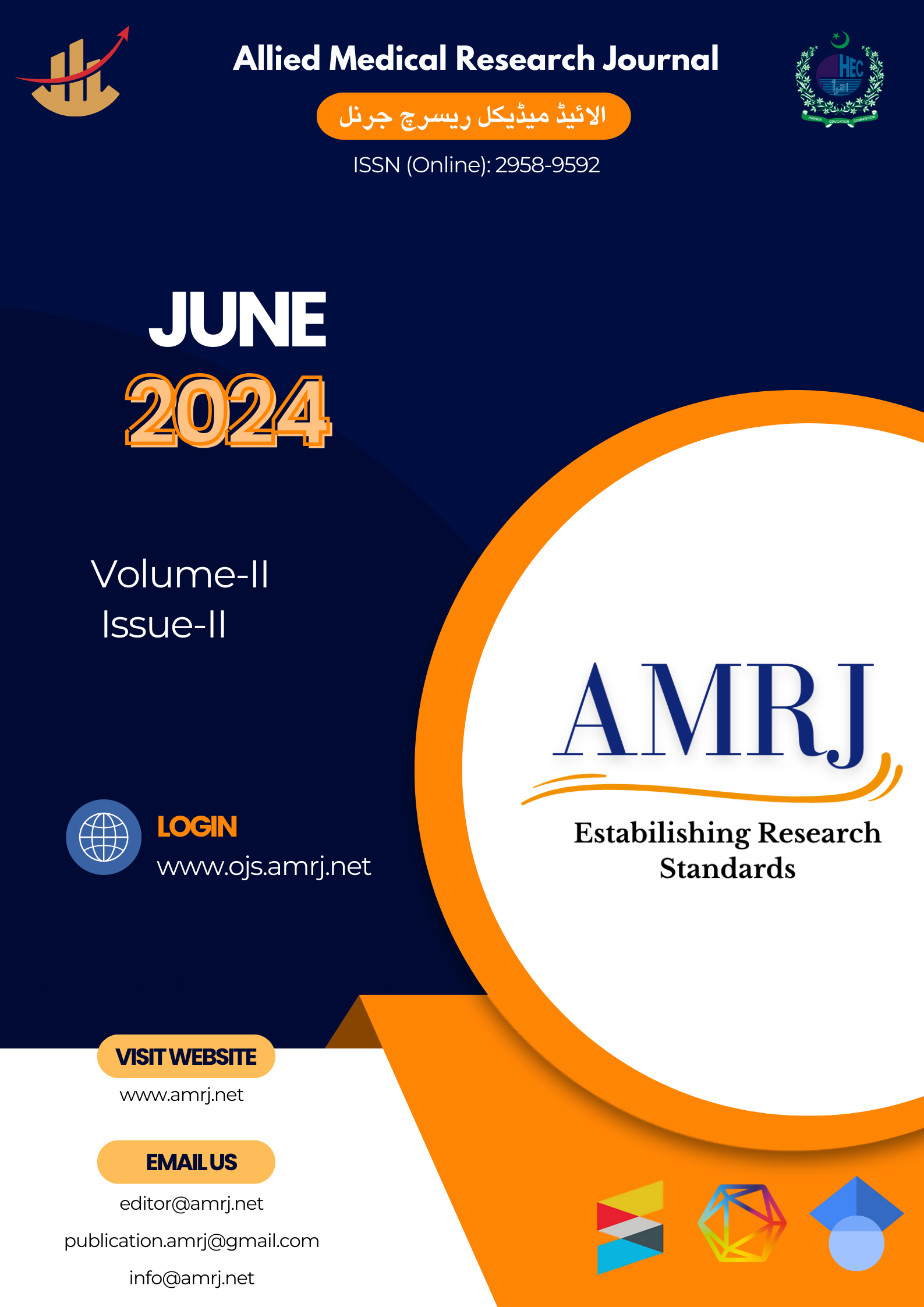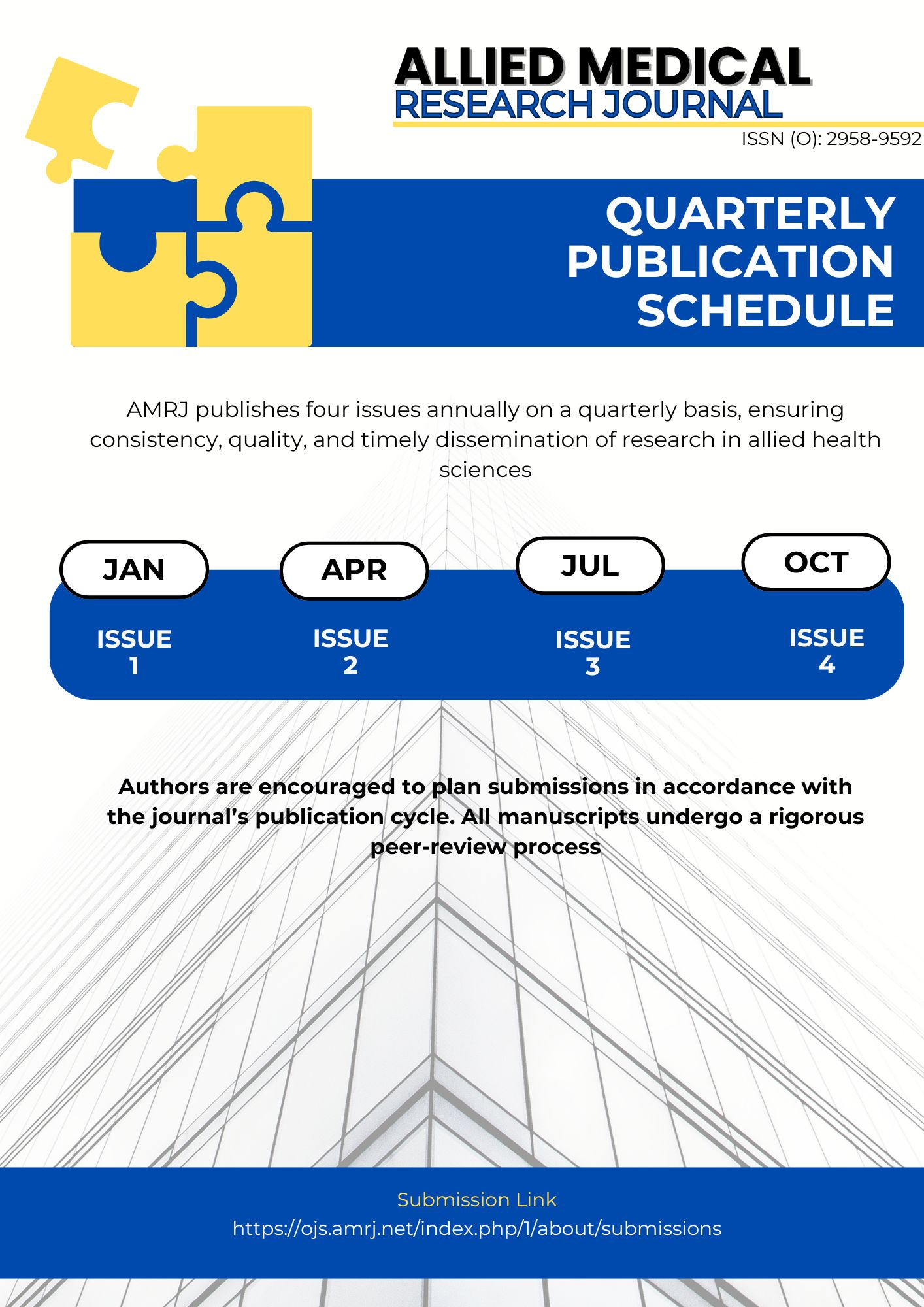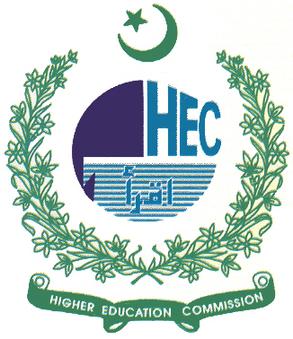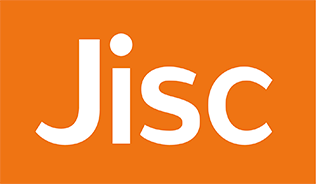The Relationship between Physical Activity and Health-Related Quality of Life among High School Students of Karachi, Pakistan
Relationship between PA & HRQoL
Keywords:
Education, Health-related Quality of Life, Physical Activity, Young AdultsAbstract
Background: Physical activity (PA) is crucial for promoting health-related quality of life, especially among children of all ages. PA influences both physical and psychological well-being, and its absence can lead to various health-related problems that disrupt overall quality of life. Therefore, this study aims to investigate the correlation between PA and HRQoL in high school students.
Methodology: We conducted a cross-sectional survey on high school students in Karachi, Pakistan, using a non-purposive sampling technique. The study included 378 students from various educational institutions. We collected data using a Physical Activity Questionnaire (PAQ) and a Pediatric Quality of Life Questionnaire (PED-QoL). The data were entered and analyzed using the Statistical Package for Social Sciences (SPSS) version 21. The chi-square test was used to associate PA with HRQoL, with a significant p<0.05.
Results: Findings suggest that 79.8% of the total population have a healthy QoL, but on the other hand, 54.4% have low PA levels. The Spearman’s correlation test (r=0.145, p=0.005) indicated significant evidence of a weak positive correlation between both variables among high school students.
Conclusion: A weak positive association between PA and HRQoL in high school students was revealed. Although it is an observational study, a prospective survey must systematically analyze PA and QOL among high school students.
References
Puciato D, Borysiuk Z, Rozpara M. Quality of life and physical activity in an older working-age population. Clinical interventions in aging. 2017;12:1627 1-8.
Molina JA, Sánchez SS, Herreros ML, Vizcarro DS, López CP. Prevalence of physical activity in primary health care workers of Catalonia. Semergen. 2017;43(5):352-7
Lee IM, Shiroma EJ, Lobelo F, Puska P, Blair SN, Katzmarzyk PT, Lancet Physical Activity Series Working Group. Effect of physical inactivity on major non- communicable diseases worldwide: an analysis of burden of disease and life expectancy. The lancet. 2012 21;380(9838):219-29
World Health Organization. Annual global move for health initiative: A concept paper. Geneva: World Health Organization; 2003.
Khuwaja AK, Kadir MM. Gender differences and clustering pattern of behavioural risk factors for chronic non-communicable diseases: community-based study from a developing country. Chronic illness. 2010; 6(3):163-70.
Burton NW, Turrell G. Occupation, hours worked, and leisure-time physical activity. Preventive medicine. 2000; 31(6):673-81.
Martin SB, Morrow JR, Jackson AW, Dunn AL. Variables related to meeting the CDC/ACSM physical activity guidelines. Medicine and science in sports and exercise. 2000; 32(12):2087-92.
de Barros MV, Nahas MV. Health risk behaviors, health status self-assessment and stress perception among industrial workers. Revista de saudepublica. 2001; 35(6):554-63.
Muntner P, Gu D, Wildman RP, Chen J, Qan W, Whelton PK, He J. Prevalence of physical activity among Chinese adults: results from the International Collaborative Study of Cardiovascular Disease in Asia. American journal of public health. 2005; 95(9):1631-6.
Singer MI, Slovak K, Frierson T, York P. Viewing preferences, symptoms of psychological trauma, and violent behaviors among children who watch television. J Am Acad Child Adolesc Psychiatry 1998; 37:1041 – 8.
Dunstan DW, Barr EL, Healy GN, Salmon J, Shaw JE, Balkau B, Magliano DJ, Cameron AJ, Zimmet PZ, Owen N: Television viewing time and mortality: the Australian Diabetes, Obesity and Lifestyle Study (AusDiab). Circulation 2010, 121:384-391.
Rosen CL, Palermo TM, Larkin EK, Redline S. Health-related quality of life and sleep- disordered breathing in children. Sleep 2002; 25:657 – 63.
Arnett JJ. Emerging adulthood. A theory of development from the late teens through the twenties. American Psychologist. 2000; 55(5):469–480.
Joseph RP, Royse KE, Benitez TJ, Pekmezi DW. Physical activity and quality of life among university students: exploring self-efficacy, self-esteem, and affect as potential mediators. Quality of life research. 2014; 23(2):659-67
McAuley E, Konopack JF, Motl RW, Morris KS, Doerksen SE, Rosengren KR. Physical activity and quality of life in older adults: influence of health status and self-efficacy. Annals of behavioral Medicine. 2006; 31(1):99.
Pucci G, Reis RS, Rech CR, Hallal PC. Quality of life and physical activity among adults: population-based study in Brazilian adults. Quality of Life Research. 2012; 21(9):1537-43.
Lubans DR, Lonsdale C, Cohen K, Eather N, Beauchamp MR, Morgan PJ, Sylvester BD, Smith JJ. Framework for the design and delivery of organized physical activity sessions for children and adolescents: rationale and description of the ‘SAAFE’teaching principles. International journal of behavioral nutrition and physical activity. 2017; 14(1):24 1-11
Kowalski KC, Crocker PR, Donen RM. The physical activity questionnaire for older children (PAQ-C) and adolescents (PAQ-A) manual. College of Kinesiology, University of Saskatchewan. 2004 Aug;87(1):1-38.
Ferrans CE. Definitions and conceptual models of quality of life. Outcomes assessment in cancer: Measures, methods, and applications. 2005:14-30.
Thivel D, Tremblay A, Genin PM, Panahi S, Rivière D, Duclos M. Physical Activity, Inactivity, and Sedentary Behaviors: Definitions and Implications in Occupational Health. Frontiers in Public Health. 2018;6:288.
Karimi M, Brazier J. Health, health-related quality of life, and quality of life: what is the difference?. Pharmacoeconomics. 2016 Jul 1;34(7):645-9.

Downloads
Published
Issue
Section
License
Copyright (c) 2024 Om Perkash, Muhammad Ammar Rajani, Muhammad Rizwan, Heera Lal, Bhawna Kirshan

This work is licensed under a Creative Commons Attribution-NonCommercial 4.0 International License.








